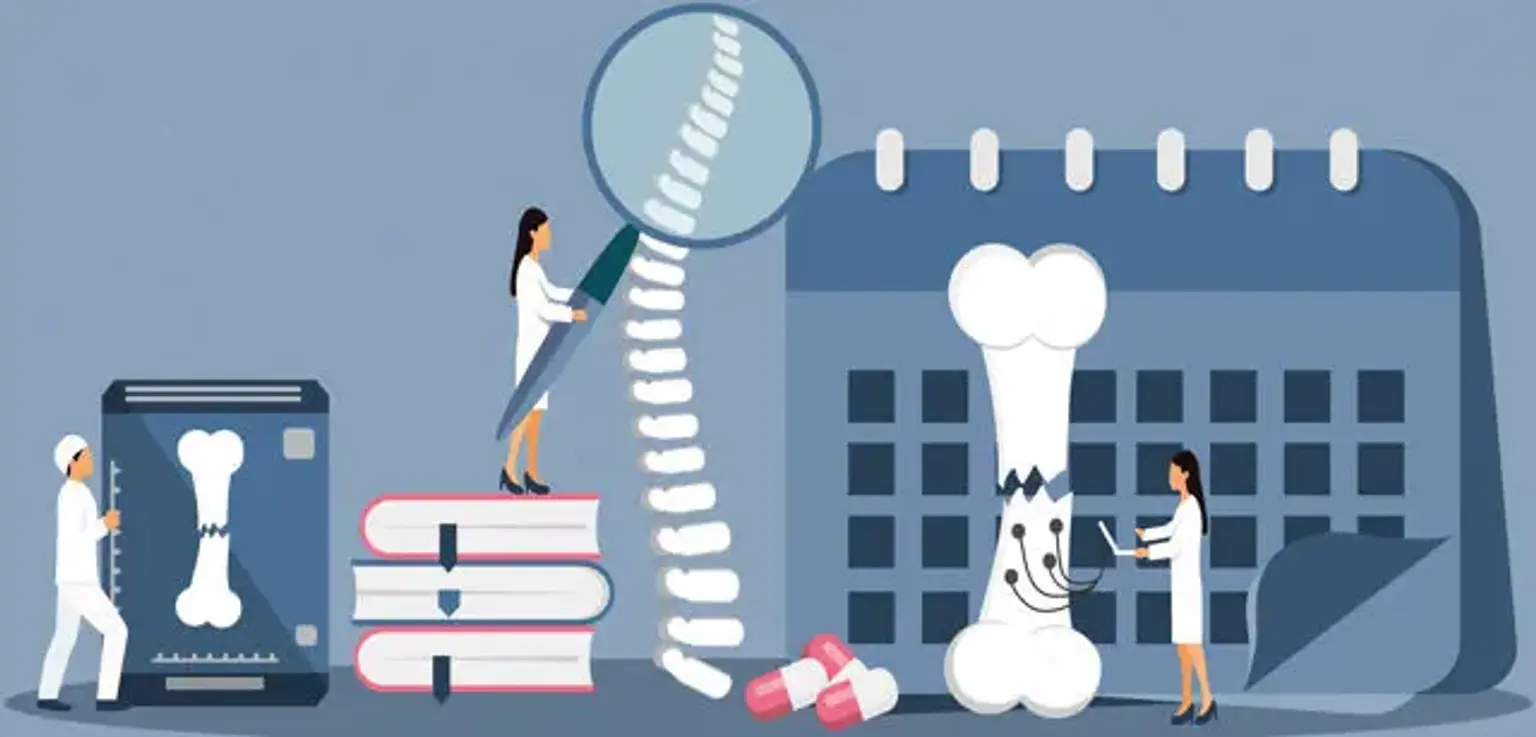Osteoporosis
Osteoporosis is a condition where bones become weak and brittle, to the point that even minor stressors like leaning over and coughing can result in a fracture. The hip, wrist, and spine are the most prevalent sites for osteoporosis-related fractures.
Bone is a living tissue that can break down and replace itself regularly. When the formation of new bone fails to keep up with the old bone loss, osteoporosis develops. The disease frequently progresses without causing any signs of discomfort and goes undetected until the weakening bones result in severe fractures.
Osteoporosis can strike anyone at any age, but it is more prevalent in older persons, particularly women. More than 52 million individuals have osteoporosis or have an increased risk of getting it in most countries.
